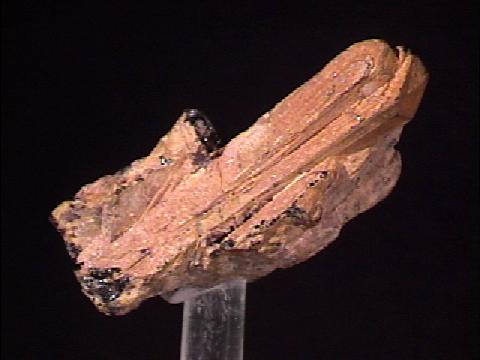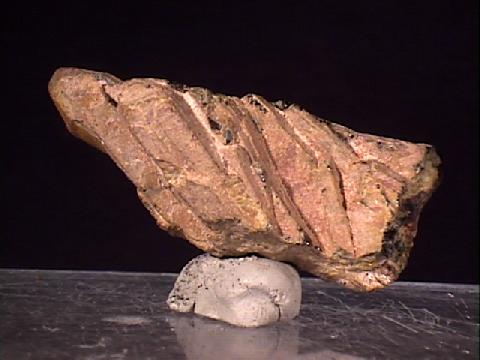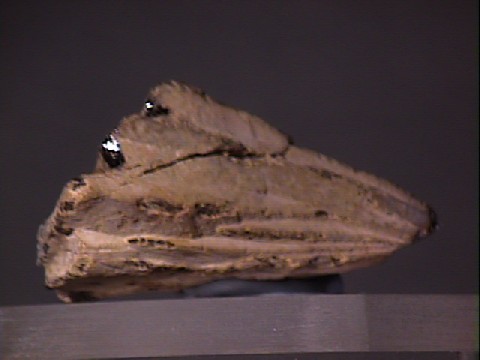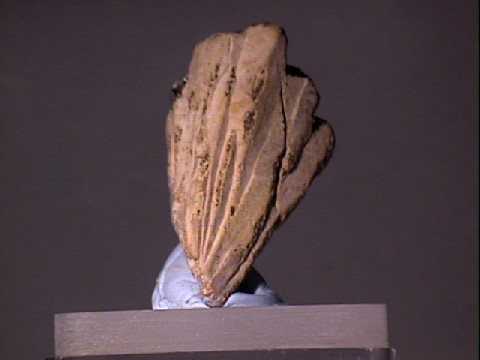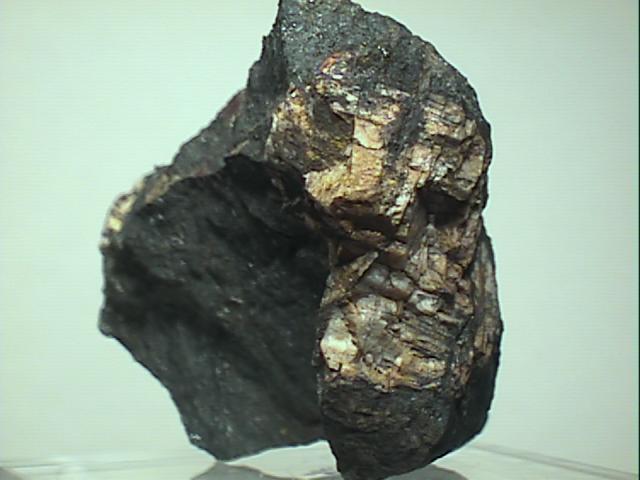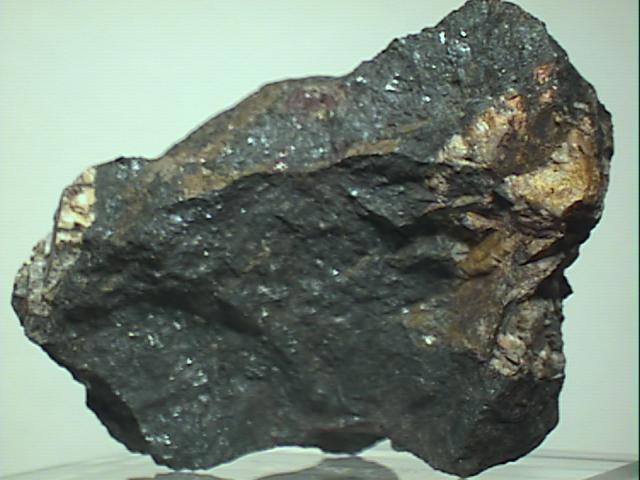 THE MINERAL EUXENITE
THE MINERAL EUXENITE
- Chemical Formula: (Y, Ca, Er, La, Ce, U, Th)(Nb, Ta, Ti)2O6, Yttrium Calcium Erbium Lanthanum Cerium Uranium Thorium Niobium Tantalum Titanium Oxide.
- Class: Oxides and Hydroxides
- Uses: A minor ore of rare earth elements and uranium, sometimes cut as a gemstone and as mineral specimens.
Specimens
Euxenite, which is sometimes named euxenite-(Y) (the Y is for the yttrium), is a mineral that is sometimes called a "trash can mineral". Because it will accommodate a wide variety of elements in its crystal structure, generally the elements that other minerals do not seem to want, ie the "trash". For euxenite, these elements are in a group called the rare earths and are sometimes quite valuable, making euxenite a potentially profitable ore. Euxenite's name is from a Greek phrase meaning "hospitable", another reference to its . . . accommodating nature.
Euxenite is in a series with the mineral
Because of the rare earths metals in its structure, euxenite is one
of several so called Rare
Earth Oxides. Other rare earth oxides such as
Euxenite is found in rare earth rich, granite pegmatites, a slow cooling igneous intrusive rock. Euxenite is associated with quartz, feldspars, columbite, tantalite, monazite and other rare earth minerals. Euxenite is used as an ore for its rare earth metals and uranium. But it is its gemstone use that is what is odd about this mineral. Like samarskite, euxenite is sometimes cut into attractive gems and used as cabochons, although since the stones are slightly radioactive, their use as wearable gemstones should be quite ...well...risky!
Euxenite is an interesting and at times attractive mineral. Although most crystals are embedded and do not show good form, some crystals are exceptional and can demonstrate a high luster. Remember, this is a slightly radioactive mineral and should be stored away from other minerals that are subject to damage from radioactivity and of course human exposure should be limited !
PHYSICAL CHARACTERISTICS:
- Color is black with a tinge of yellow, brown or green.
- Luster is greasy to submetallic.
- Transparency: Crystals are opaque.
- Crystal System is orthorhombic; 2/m 2/m 2/m
- Crystal Habits include tabular to prismatic crystals with domal terminations and often embedded in the matrix of the host pegmatite; as well as granular and massive.
- Cleavage is absent.
- Fracture is conchoidal.
- Hardness is 5.5 - 6.5
- Specific Gravity is approximately 4.3 - 5.9 (heavy for non-metallic minerals). Extreme variation caused by variable composition of component metals.
- Streak is yellow, brown or gray.
- Other Characteristics: Slightly radioactive and crystals/specimens are often coated with a yellow limonite like earthy coating.
- Associated Minerals include quartz,
feldspars,
molybdenite,
chalcopyrite,
fergusonite , monazite, columbite, tantalite, allanite, gadolinite, and zircon - Notable Occurrences include the Ural Mountains of Russia; Iveland, Aust-Agder, Norway; Sweden; Minas Gerais, Brazil; Ampangabe, Madagascar; Quadeville, and Madwaska, Ontario, Canada; sites in the White Tank Mountains and Kingman Quarry, Arizona; Encampment, Wyoming and in Colorado, USA.
- Best Field Indicators are luster, fracture, color, radioactivity, associations, environment and specific gravity.

